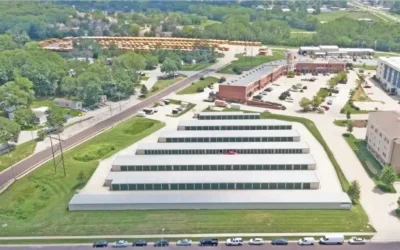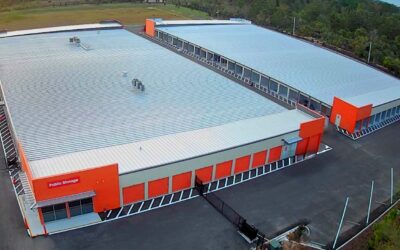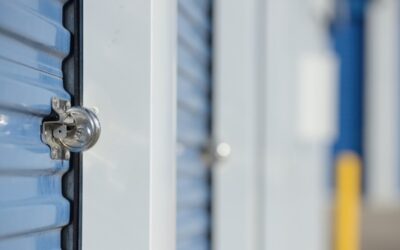Sharpen your funding pitch and you might just end up like DXD Capital, which hoped to raise $50 million in its first round of funding but went beyond that, hitting $53 million before closing the round.
“What I learned this time is that the more you have a focus and a finite strategy, the more groups are interested in hearing what you have to say,” said Drew Dolan, principal and fund manager at DXD Capital, which is based in Albuquerque, NM.
“Of groups that said no, some of them can’t do real estate or the timing didn’t work out. Very few said they didn’t like our strategy or they weren’t interested in self-storage.”
DXD has invested $10.1 million in developing ground-up, climate-controlled facilities in Las Vegas, NV and Phoenix, AZ. Overall, the fund has 12 approved investments in several states, including Florida, New Jersey and Rhode Island.
We chatted with Dolan about the first round, self-storage and more.
Storage Beat: What did you learn from this raise?
Dolan: We got into this fund at the beginning of COVID, the darkest, most uncertain days of COVID. There was an election, a recession and a pandemic, and here we are starting a new company and raising capital.
But some of the advantages were, we could show up in a San Antonio or a Denver, and everybody wanted to meet with us. They were tired of being cooped up in their homes.
The election was over and there was some certainty, and that made our world easier. The stock market bounced way back. There was a vaccine. The economy recovered. We came out of recession.
Self-storage performance showed up and it was incredible how well the asset did during COVID. Serious headwinds became serious tailwinds.
Who were your buyers?
Mostly high-net-worth, and small-to-mid-family offices. The commonality was for the most part, every investor had some story about self-storage. They used it, or their parents used it when they moved to senior living. Our story resonated with how it was going to be successful.
How did the pandemic affect your efforts?
Ultimately, self-storage did very well. People moved bedroom furniture out of the bedroom and created a home office or a home gym. The highest rate (almost 50%) of 18-to-29-year-olds living at home since the 1930s. Parents had to move stuff out, into storage.
How was self-storage better at performing?
If you have an office building and 10 tenants, and one tenant doesn’t renew because they got impacted by the recession, then you just lost 10% of your income. In self-storage, the average of our facilities are 1,000 units; you never really see a dramatic decrease in occupancy … Self-storage has never been mentioned in the same breath as office or industrial. But the performance of the asset in both good times and bad has made institutions realize they need a piece of that.







